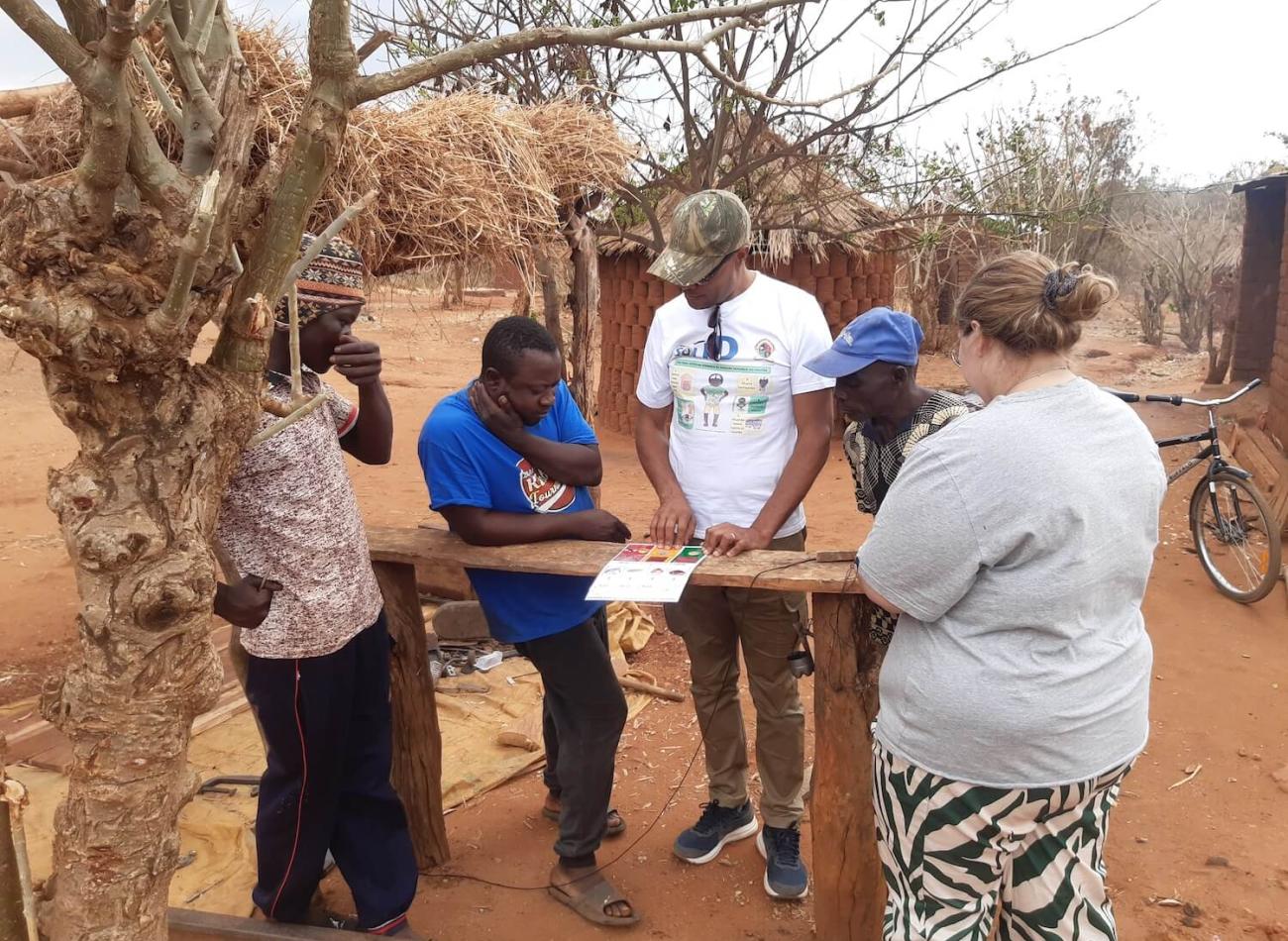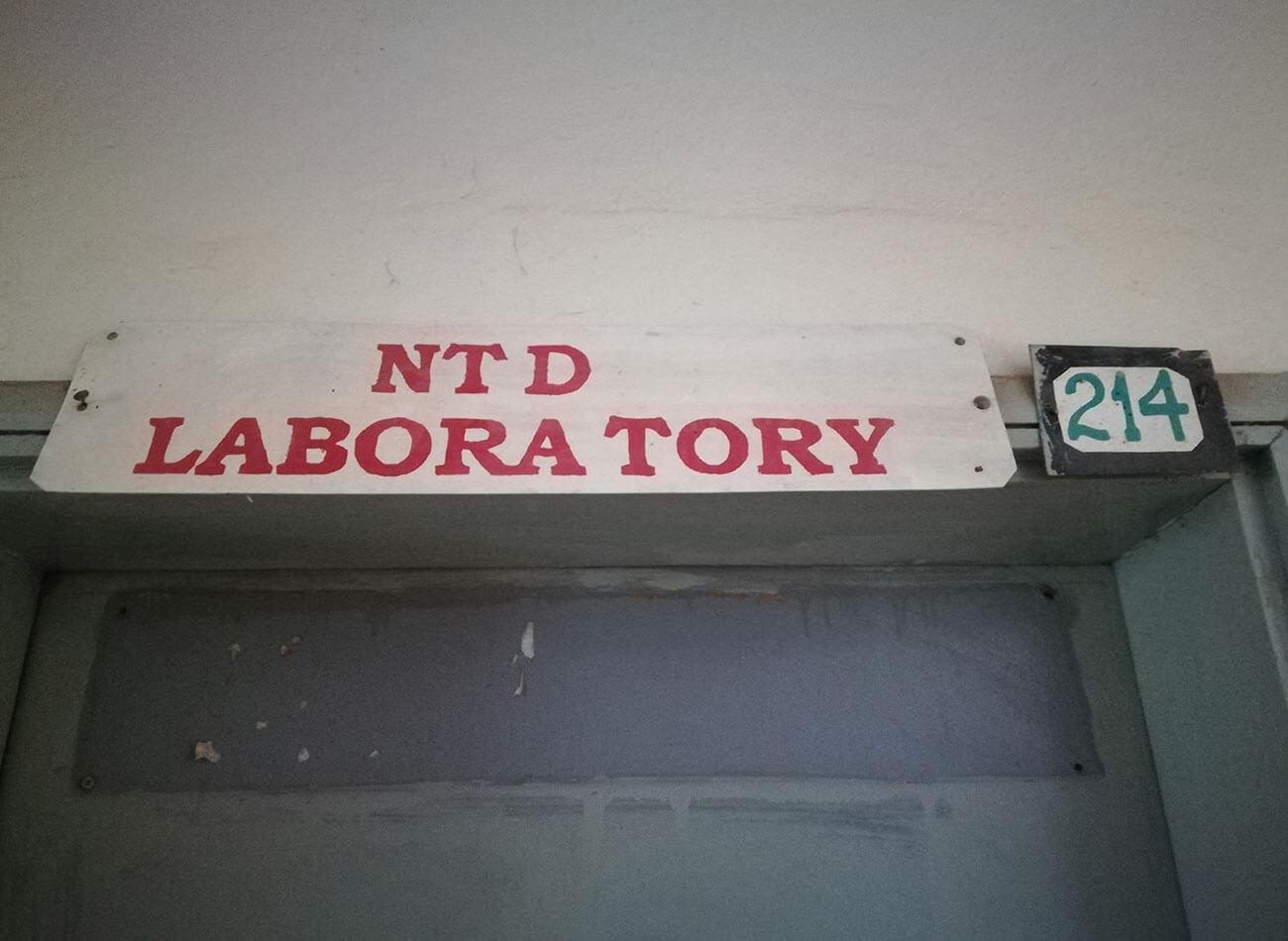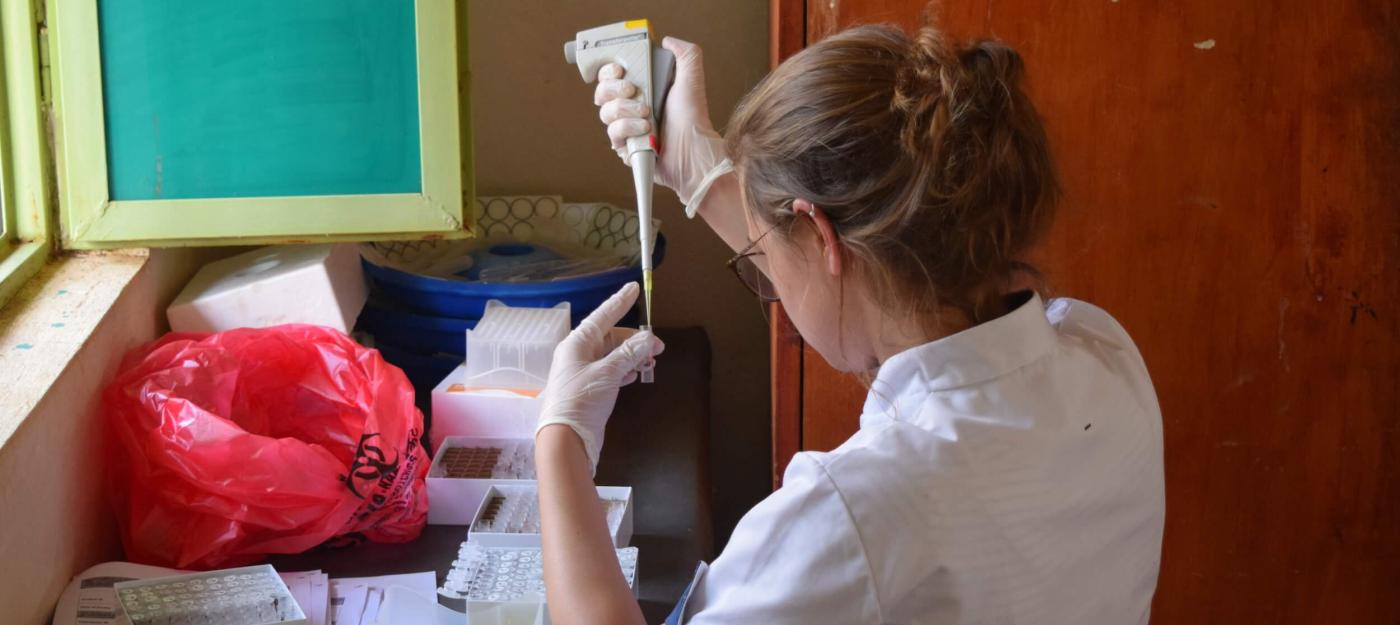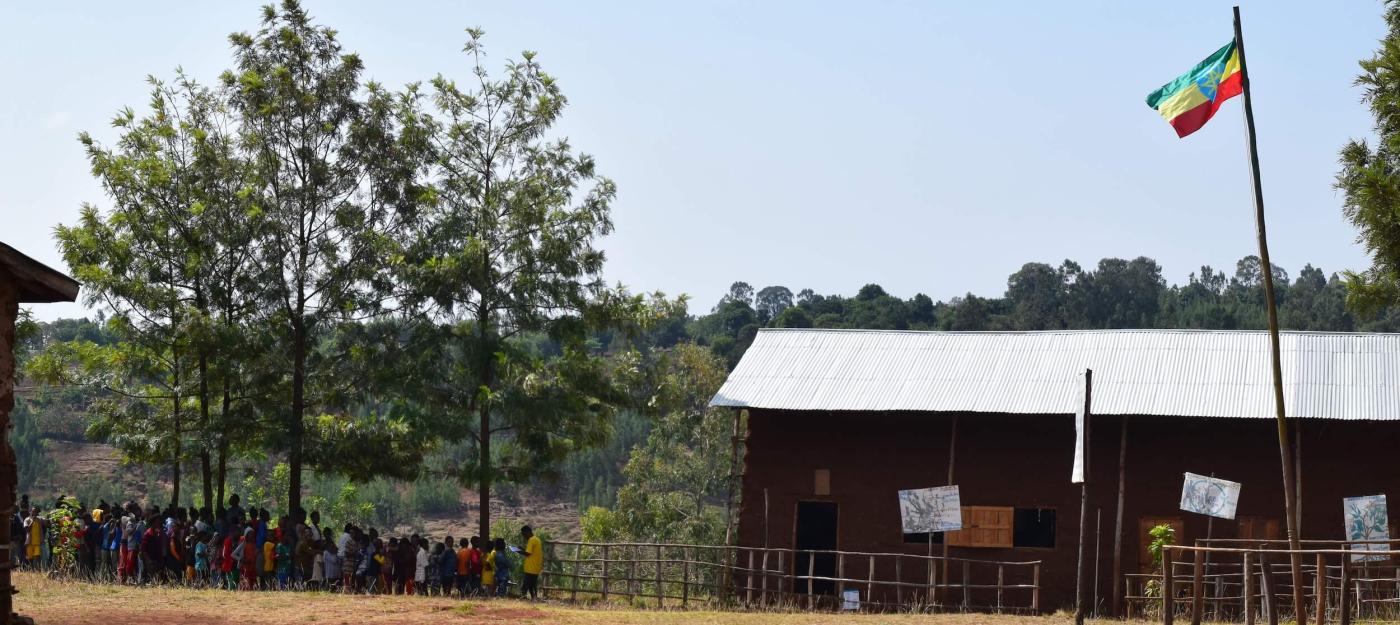About the project
Neglected tropical diseases (NTDs)
Neglected tropical diseases (NTDs) are a diverse group of parasitic, viral and bacterial diseases, several of which are zoonotic or foodborne in nature. Worldwide, NTDs affect one in seven people, but have a disproportionate impact on the poorest communities in tropical countries.
In 2019, these diseases resulted in about 16 million disability-adjusted life years, putting them in the top 10 of all infectious diseases. After many years of apparent neglect, NTDs are finally receiving due political and scientific attention. Indeed, the Sustainable Development Goals (SDGs) specifically cite NTDs, along with AIDS, tuberculosis and malaria, as an issue of global importance. More recently, WHO (January 28, 2021) launched its new NTD road map for 2021 up to 2030.
After which the Kigali Declaration on NTDs was endorsed by more than 80 leading pharmaceutical companies, governments and global health organizations by sustaining or expanding drug donation programs and fostering the development of innovative solutions required to achieve the ambitious goals set.

Challenges in the NTD-space
The current public health interventions in place to combat NTDs face some important challenges, which can only be addressed by both an international and multidisciplinary approach. Combating zoonotic and foodborne NTDs furthermore requires a One Health approach, integrating human health, animal health and the environment.
Five important challenges in the NTD-space are:
- the lack of quantitative health risk analysis required both to understand the true health and socio-economic impact of NTDs and their sociodemographic determinants,
- the poor efficacy of drugs due to the inherent low efficacy of the drugs, poor drug quality and the potential emergence of drug resistance,
- the lack of sensitive and affordable point-of-care diagnostic tools,
- the poor coverage of interventions due to insufficient use of existing delivery platforms, lack of well-validated control options or low community participation, and
- the limited translation of research-based evidence into practice, policy and public health improvements.

Objectives of CENTD
The overall aim of CENTD aims to tackle these five challenges by fostering partnerships in research, education and service. Given the diversity in NTDs, CENTD will focus on a selection of NTDs only, including echinococcosis, schistosomiasis, soil-transmitted helminthiasis (including strongyloidiasis) and taeniasis/neurocysticercosis.
Research
- Mobility of researchers and academic staff for transferring knowledge and skills, with the ultimate goal of building capacity worldwide
- Multi-centric studies for providing a response to an increasing demand for evaluation of the interventions and/or diagnostic tools across different geographical settings.
- Secondary use of data, specimens and methodologies for
- Webinars and scoping meetings for sharing research updates and explore synergies across within and beyond CENTD
Education
- International summer schools by and for the network
- Mobility of MSc students that is supported in the framework of their MSc curriculum (thesis/internship).
- (Guest-)lectures given by CENTD at partner institutes.
Services
- Scoping meetings for WHO Collaborating Centers (CCs) on NTDs for providing an immediate response to WHO to create synergies across CCs.
- On-site / remote technical support to endemic countries, with special attention to South-to-South support.
- Write-up of guidelines / advocacy / policy pieces
- Development of E-tools for supporting program managers
Would you like more information or do you have a question?



